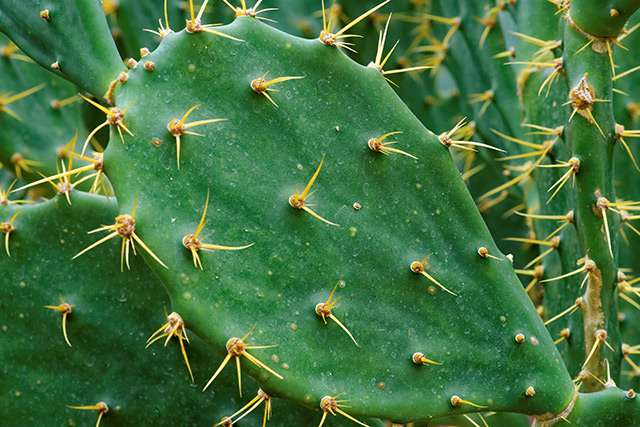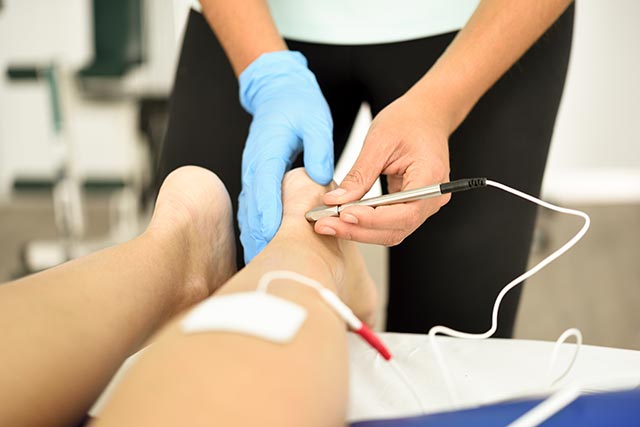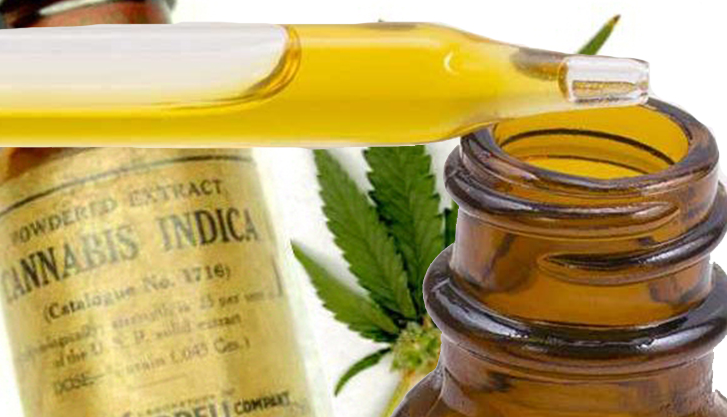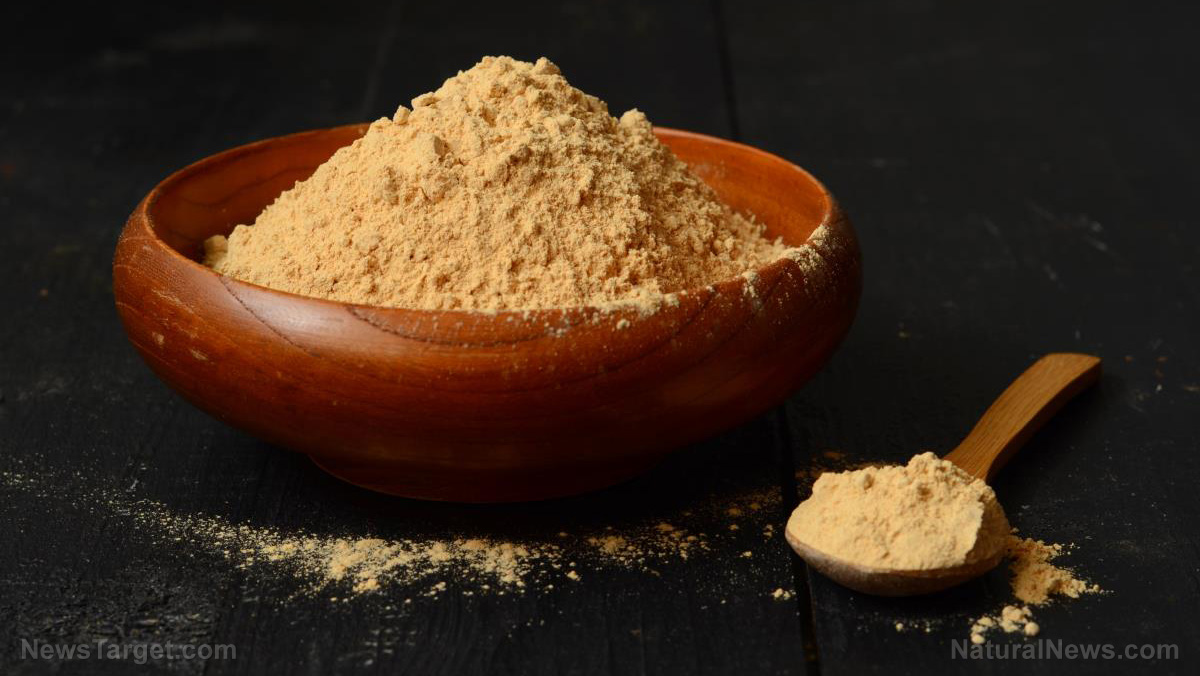Saffron extract found to promote wound healing
02/12/2019 / By Michelle Simmons
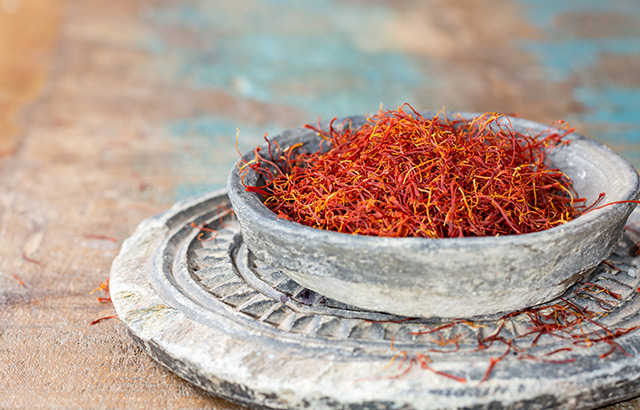
If you’ve got a burn that feels like its taking years to heal, try applying saffron (Crocus sativus) extract on it. A study published in the Planta Medica suggests that saffron can be used to promote skin repair and regeneration and to speed up the wound healing process.
Saffron is a spice characterized by its thread-like red stigmas. It originates from a flower called saffron crocus. Each flower only produces three threads and it blooms for only one week per year. It is also harvested by hand in the mid-morning when the flowers are still closed as the stigmas inside are delicate. This makes the spice expensive. Saffron is also prized for its many health benefits. It has been reported to ward off cancer, promote learning and strengthen memory, increase vitality, promote hair growth, and protect against cold. (Related: The evidence is clear: Saffron is a scientifically-proven therapeutic spice that can treat a variety of diseases.)
In the study, saffron was said to contain crocin, picrocrocin, and safranal, which have been recently considered in the treatment of various diseases.
Researchers from Shiraz University in Iran investigated the effects of saffron on burn wound healing at an in vivo model. In conducting the study, they topically applied saffron extract on burn wounds in rats. They measured the percentage of wound closure, wound contraction, and the levels of main cytokines and growth factors in rats. In addition, they applied saffron extract to look at the proliferation and migration of human dermal fibroblast (HDF) cells.
The results showed that saffron extract caused a significant enhancement in the healing of wounds in saffron-treated rats. In addition, the researchers also observed significant reductions in inflammatory markers in saffron-treated wounds. Moreover, saffron extract displayed regenerative and anti-scarring effects.
The researchers also conducted histological and biochemical analyses and the findings confirmed that saffron indeed significantly promoted wound healing by modulating healing phases.
With these findings, the researchers suggest that saffron extract can potentially be used to promote skin repair and regeneration and to speed up the wound healing process.
Other herbal medicines for wound healing
If you are looking for cheaper herbs for wound healing, check the list below:
- Aloe vera: Aloe vera gel is one of the most commonly used herbs for wound healing. The gel has a soothing effect and can reduce inflammation.
- Calendula: This plant, particularly its flowers, have been used as a traditional medicine for wounds, and some studies today support that use. It is available in ointment or tinctures to be topically applied to minor wounds.
- Gotu Kola: Gotu Kola is used to treat skin conditions, heal minor wounds, and prevent scars.
- Goldenrod: Goldenrod is a yellow-flowered perennial that has long been used for healing wounds. According to some animal and laboratory studies, this herb can reduce inflammation and fight infection. This herb is available as a tincture or extracts for topical use. Some animal and lab studies have suggested that it may lessen inflammation and fight infection, according to the UMM center. You can buy it as a tincture or extract for topical use.
- Yarrow: Yarrow has been traditionally used as a topical medicine for wounds and minor bleeding.
Read more news stories and studies on herbal wound medicines like saffron by going to PlantMedicine.news.
Sources include:
Tagged Under: alternative medicine, Burns, Crocus sativus, herbal medicine, Herbs, medicinal plants, natural cures, natural healing, natural medicine, natural remedies, saffron, Wound Healing, wounds


